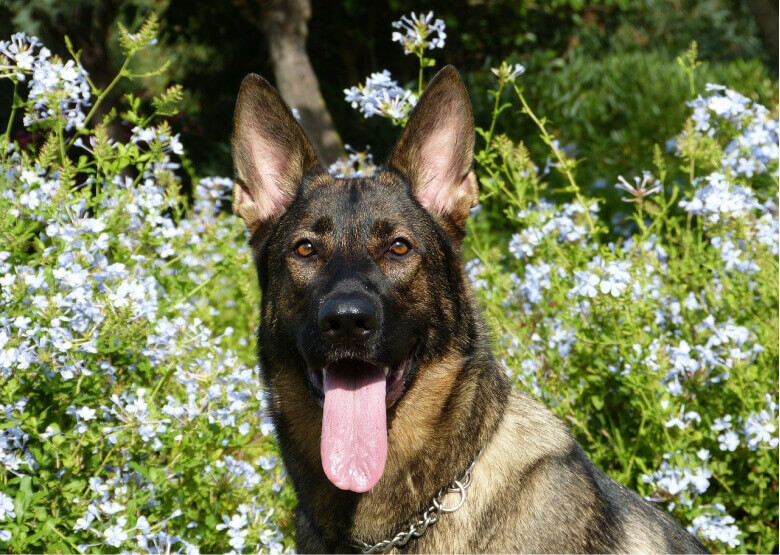Table of Contents
German Shepherds are well-known and highly appreciated by breeders and dog lovers. There are different types of them. Here, we would like to tell you about such a variety as a DDR German Shepherd, its history, and the peculiarities that make it special among other GS types. So, what is a DDR German Shepherd?
This type of breed belongs to working lines. It means that these dogs were bred for doing some specific duty. We can speak about doing military, police, and other institutional services.
What Kind of Dog Is a DDR German Shepherd?
The name DDR stands for the Deutsche Demokratische Republik, the eastern part of Germany which was reunited with Western Germany in the early 90s, after the demolition of the Berlin Wall. That is why such a dog is also called an East German Shepherd. It belongs to the working line that was developed and maintained according to the East German Communist Party’s breeding program. It required breeding a dog with specific traits for assisting soldiers during the Cold War.
Now, let’s have a deeper look at the history of this variety of the GS breed.
History of GSD East German Lines
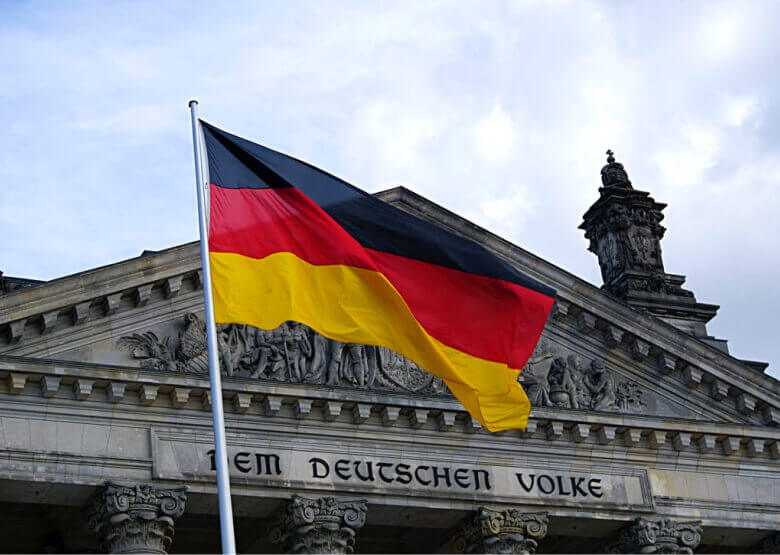
The ancestor of all German Shepherds was Hektor Linkshrein who was later known as Horand von Grafrath. That primary dog was referred to as a working line.
Nevertheless, a German Shepherd DDR is a bit different from other representatives of working lines. The requirements for canines from the Communists included getting a very large and strong animal with the characteristics that would allow them for a lot of physical work. The heads had to be larger and the coats – thicker to withstand extreme weather conditions.
During the times from the rise of the Berlin Wall in 1961 to its fall in 1989, Eastern German breeders were rather limited in their choices and preferences for breeding stock. The strict standards imposed by the Communist regime meant the ratings by the Wertmessziffer system which means ‘measured value number’. The system included 6 characteristics that determined the compliance of an animal with the requirements.
All DDR GSDs had to be powerfully built, with perfect angulations and a strong constitution. The dog had to be able to withstand any influence, be even-tempered and aloof. Simultaneously, it needed to be ready for pursuing and attacking at any time. That is why all animals passed rigorous evaluations before they were allowed for reproduction. The regulatory information for breeders was periodically corrected and highlighted, and it equally referred to both sires and dams. That worked exceptionally well for breed improvement.
Moreover, every pedigree was assigned a corresponding number, for example, ZL: XIII-A (13-A) to avoid breeding faults and occasional mistakes. If a sire from the next generation became quite outstanding, he received a corresponding number of his own.
All these demands led to the creation of an Eastern German Shepherd as one of the best working line animals in the world. However, after Germany had been reunited, its western breeders didn’t care too much about keeping up the purity of this type. That is why a lot of pedigrees were mixed, assimilated, and almost lost. Therefore, the most essential thing now is to preserve the fantastic qualities of this type, retain its body characteristics, and supreme intelligence.
Key Characteristics of a German Shepherd DDR
We would like to draw your attention to some distinguishing features of a DDR GSD that make this type of breed quite specific.
Physical Characteristics and Care Requirements
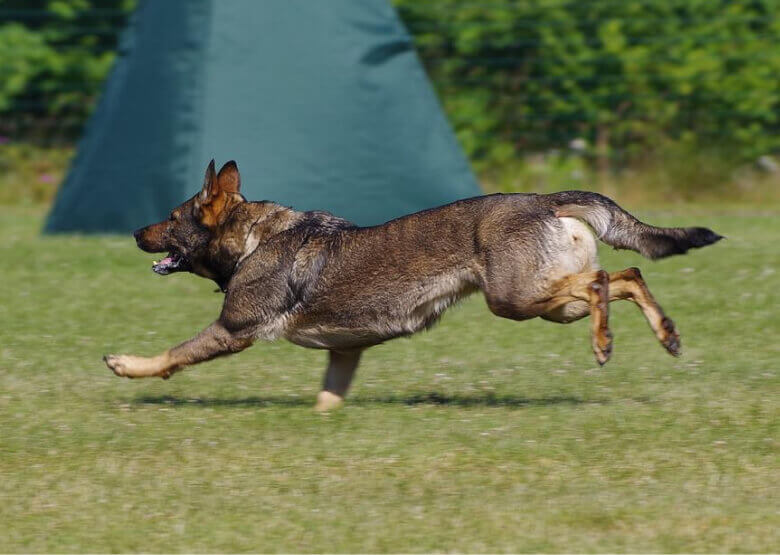
An Eastern German Shepherd is usually of black or sable colors. It has an undercoat that is much thicker than that of a show line dog. It can help withstand severe Eastern German winters.
However, these dogs shed intensively, especially during the fall and spring shedding seasons. That is why they need more frequent brushing and grooming. Other care requirements are the same as for all GSs.
The DDR GSD has larger and stronger bones than its counterparts. It is important for doing hard work. Such dogs do not have sloped backs that are characteristic of show line animals. That is why they are less prone to various skeletal disorders, such as hip or elbow dysplasia.
The body of this type of Shepherd is more muscular, and its chest is broader and more massive. Their heads are large and wide. The paws are also larger than those of show line dogs. Such paws are more suitable for different types of terrain. These animals can climb and scale the wall when they are on guard.
Since an East German Shepherd is massive and muscular, it needs more high-quality food in large amounts. You should consider this while planning to acquire such an animal.
The average lifespan of an East German Shepherd is about 12-14 years. These dogs can even live longer because they are selectively and thoroughly bred and often subjected to health examinations and screenings by well-reputed breeders. Though joint issues are rather common in senior show line German Shepherds, this type is far less prone to them.
Temperament and Personality
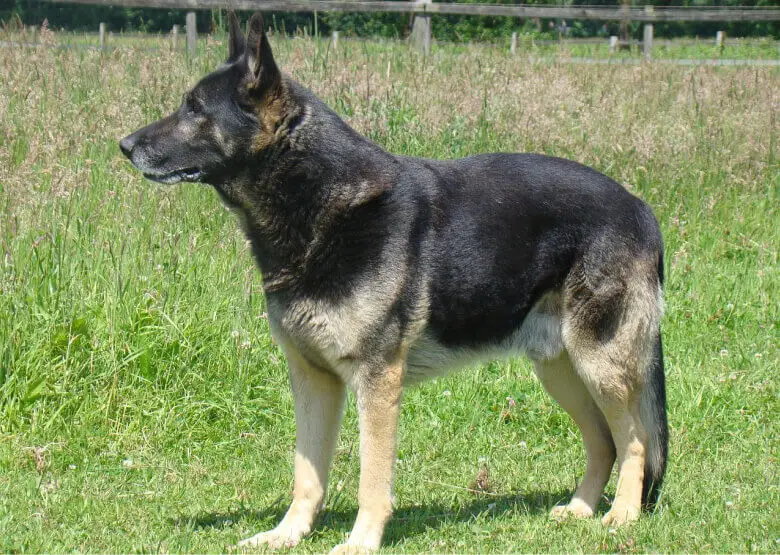
These dogs have quite even tempers. They are courageous and confident. Though, they can be more aggressive if needed. An experienced handler can always take control and direct this aggression.
The German Shepherd DDR is incredibly energetic, and this energy can sometimes result in bad behaviors when not managed correctly. That is why firm leadership is essential for successful training.
These German Shepherds are widely used for different jobs, such as police, personal protection, and the army. Therefore, they are carefully selected for these uses not only based on their physical characteristics, but also according to their temperament. It becomes obvious when a puppy is only a few weeks old. When you train this dog from such an early age, it makes a great worker. However, these animals need training throughout their whole life.
These dogs also need a lot of exercise as well as regular chances for improvement of their mental faculties. Their fascinating intelligence impresses. It can lead to hardheadedness if not cared for properly but can also result in perfect performance, obedience, and reliability.
Individual animals can have different personalities, of course. Some of them are more sociable, while others are more aloof. Some can be funny, light-hearted, or even goofy. This dog can also be immensely playful, and it will strive to please its owners. It can also be quite affectionate and possessive towards its owner or handler.
How Much Does a German Shepherd DDR Cost?
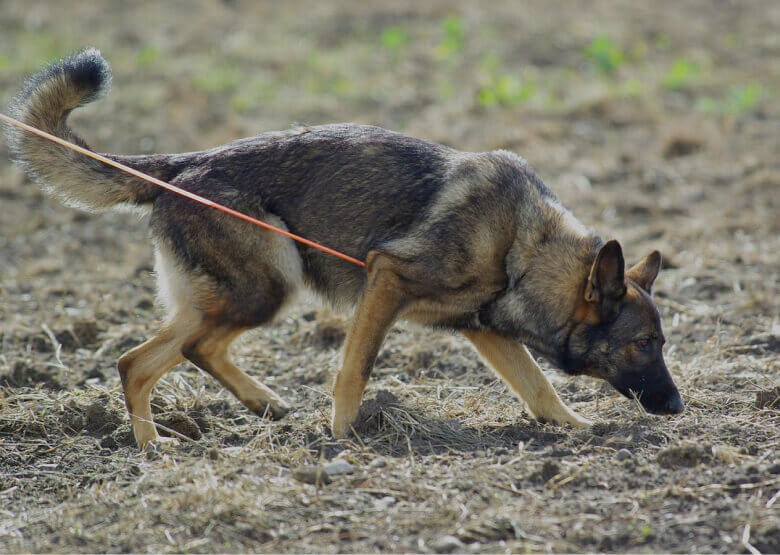
The average cost of German Shepherd puppies is $900-$2,500 if they come from reputable breeders. You can also adopt an adult dog for $100-$300.
Nevertheless, GSD East German lines that meet all breeding requirements and undergo the most careful selection can cost much more, even as much as $6,000-$7,500.
The price of a puppy depends on many factors. Among them, it is the breeder’s reputation that should be considered. A pedigree is also very important. If a breeder has managed to preserve the most outstanding features in the bloodlines, you may spend a lot on buying such a puppy. That’s because the breeder has spent big amounts on health examinations and proper care.
The price of individual puppies can depend on their appearance, temperament, physical conformation, and agility.
If you prefer to purchase a German Shepherd DDR as an adult dog who has been properly trained for some specific jobs, it can also be far more expensive. A high level of training accounts for the price. For example, if a dog with an appropriate pedigree has received training for personal protection, it can even cost $45,000-$55,000.
FAQ
Are DDR German Shepherds rare?
Pure pedigrees of this type are rather rare, though, in general, an Eastern German Shepherd is not a rare dog, even if you cannot buy it at a common pet store. Instead, you can find a puppy you would like to have only at a reputable breeder.
Because of the inevitable dilution of these dogs among their Western counterparts due to the fall of the Berlin Wall, the demand decreased. Only true enthusiasts try to preserve the prominent traits of this type, such as work drive or an ability to climb walls. Nowadays, the trend is to keep these dogs as household pets or personal companions.
Are DDR Shepherds good household pets?
That can be estimated individually. Some Eastern German Shepherds are great companions and family pets. Others are not. It can also depend on the training they have received for socialization and dealing with people and other animals. You can as well rely on the degree of leadership you can assert.
Be careful when you want to make this dog a household pet. You can do it only if your home meets all its intellectual and physical needs. Remember that these animals are strong and energetic. They are not suitable for weak people because sometimes they may not be aware of their energy and power. Though, they are quite gentle and helpful for young children, babies, and elderly people.
Consider how well-socialized the dog is, especially if there are many people and other animals in the household. It’s not bad even if the dog is not too playful with them but can just tolerate their presence around.
How big can a DDR GSD get?
These dogs seem a bit bigger than a standard GSD because of their big muscles. Though, they are approximately the same size with a difference between males and females. A grown-up male can measure 24-26 inches in height, while a female is commonly 22-24 inches. The weight also differs – males weigh 75-90 pounds, and females are 55-70 pounds heavy. It means that females can look a bit thinner and more gracious than males.
Do kennel clubs recognize an Eastern German Shepherd as a separate breed?
No, they do not. Most kennel clubs consider this type as a variation of a German Shepherd dog. They believe these animals deserve the name of an Eastern Shepherd opposing their western counterparts, and that’s all.
You will not find the name ‘German Shepherd DDR’ in any breed standards of the prominent kennel clubs. Nevertheless, this type of dog is recognized by these clubs as belonging to working lines. You can register your DDR Shepherd at any club as long as it meets all the breed standards.
Final Thoughts
Therefore, what is a DDR German Shepherd? This type is the best option if you want a German Shepherd from a working line. These dogs are characterized by excellent health, high intellect, and even temperament.
When a DDR dog is properly trained and socialized, it can make a perfect family pet or companion, a useful helper, and a guard. However, you should remember the necessity of constant mental stimulation and physical exercise if you want a great obedient, reliable, and protective dog in your household.
Simply put, you can expect that this doggie will bring a lot of safety, comfort, and pleasure to your house and family. It will be immensely loyal and obedient if you take good care of it.
